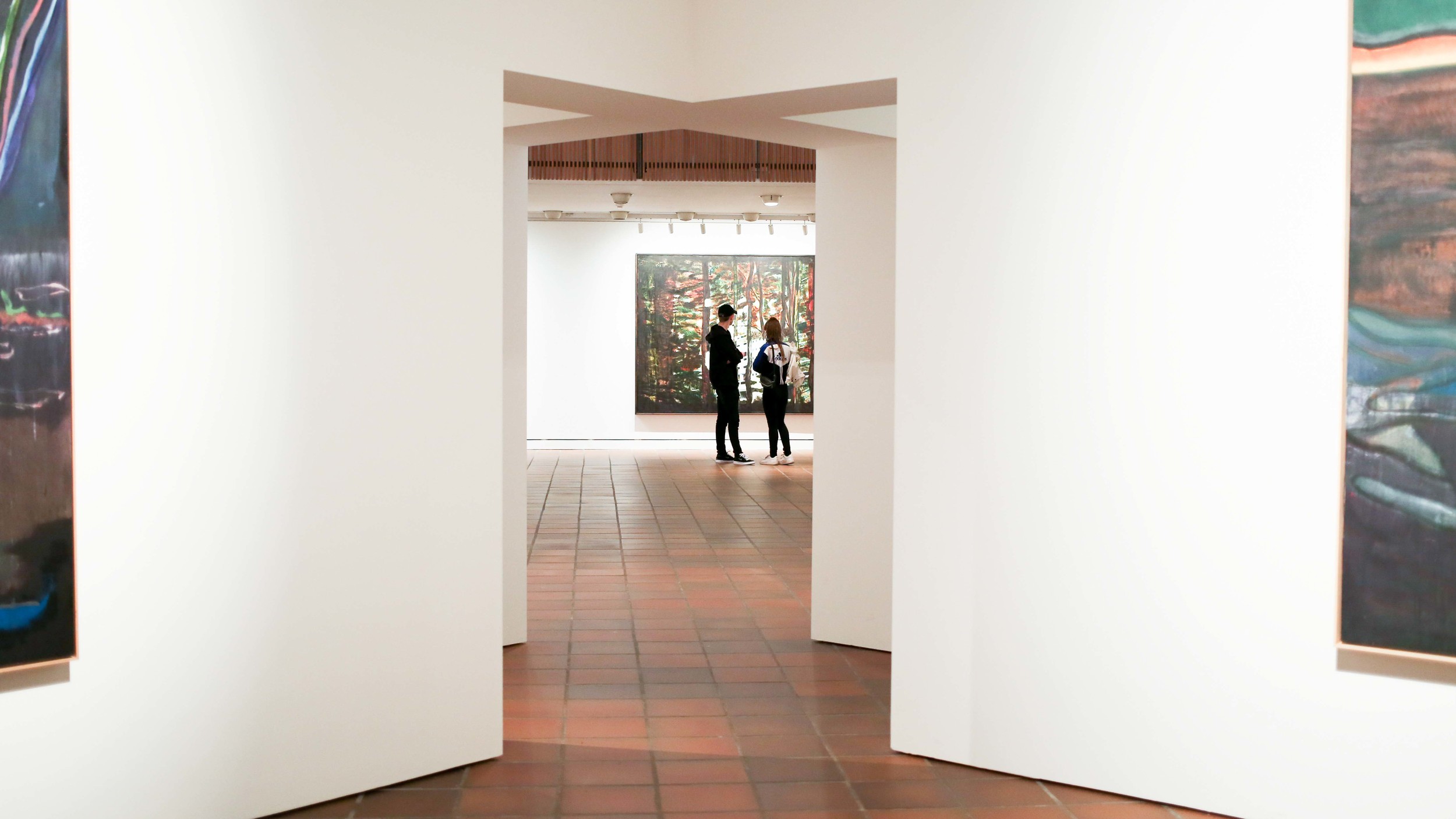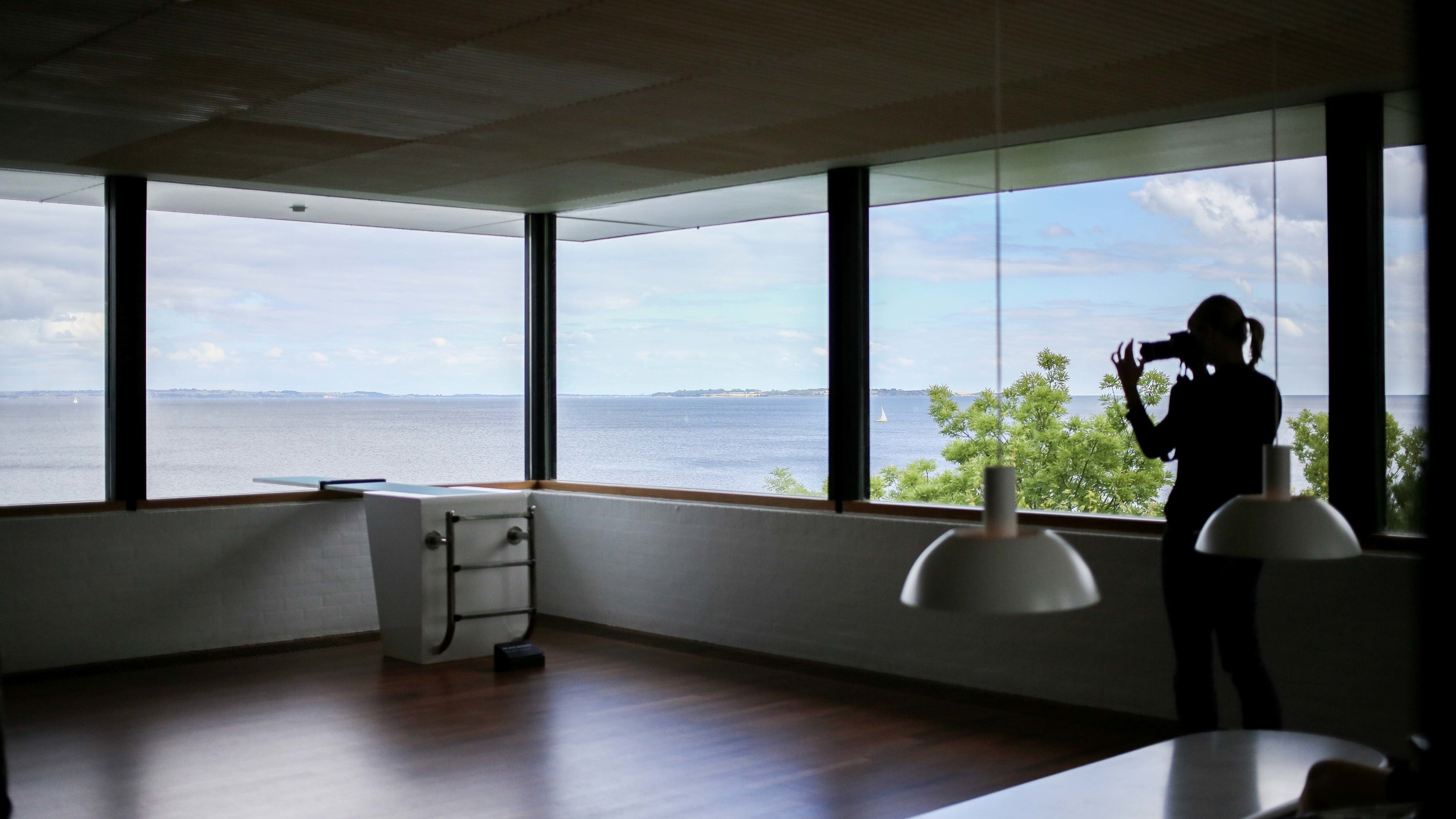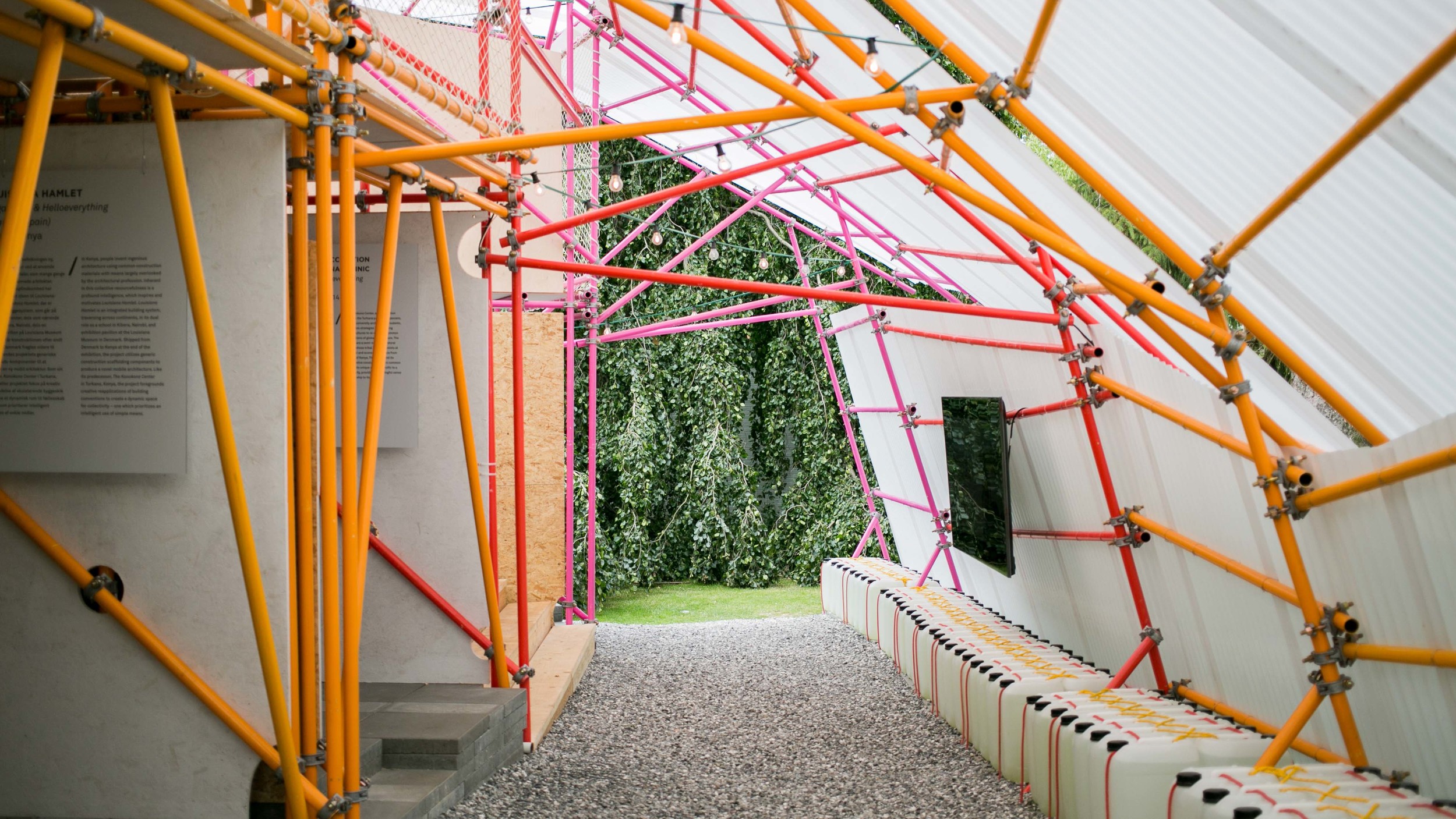Insight: Having no responsibility to answer to someone for at least 8 hours a day allows you to calibrate your compass to rediscover your truth north.
I love art, design, and architecture. The letter I received from myself, sent by my high school english teacher 5 years after my senior year, told me that if I didn't have these things in my life, I needed to do something about it. It was this letter that led me to attend art school for my graduate studies and commit to a journey filled with perspective, discipline, conceptual thought, and craftsmanship.
Throughout the years, I must admit that I became jaded with the endless politics and ladder climbing of the art world. The superficiality and unfiltered representation/celebration of presented work at various shows that was questionable at times created a spiraling negative lens of which I chose to respond with rejection and retraction. I lost my desire to see the treasures that exist in the pursuance of creating something with an idea/conversation in mind and for this realization, I have to thank The Louisiana Museum of Modern Art.
From its location and architecture build, this museum is a beautiful Mecca of carefully curated work that has a vast amount of people from all over the world traveling to experience its environment and all that it contains. I noticed the colorful array of people who I entered the museum with and I had the strangest feeling that I was at home. 'Home' is a word which its definition has constantly been morphing throughout my life - I still can't tell you what it fully means to me but I can tell you that it is the word I want to use to describe that moment.
During my graduate studies, one of the things that I had the chance to do was take a trip to New York with some professors in our painting department. It was winter and there were many galleries and museums planned for the trip but the most memorable space scheduled was the Dia:Beacon. The Louisiana Museum of Modern Art (LMMA) is not too different from how the Dia:Beacon is constructed. Here are the reasons why:
1. They both take a considerable amount of time and planning to visit
It is not an easy task to show up at both of these museums. What I mean by that is that it's not some place where you can pop in for an hour or two and then go shopping at H&M down the street when you feel you've had enough art for the day. There is a particular place and purpose for these kinds of museums as well but both Dia:Beacon and LMMA do not fall into that category.
Why is this important?
By situating a place where the commute is specific and at least 40 minutes away from the hustle and bustle of a city does a few things. It prepares your mind and body for what you are about to encounter. There is something beautifully quiet about riding a train outside of a city and walking towards a space where you are about to be in close proximity to thoughtful work. By constructing a journey such as this, work that is going to be shown does not need to compete with other things that are vying for your attention. It forces you to be dedicated. To listen. To watch. To have a conversation with and about what is being shown. To be successful in what most art work is trying to nudge you to do: self-reflect on the subject matter at hand.
UX notes: By constructing an experience that is not as easily spoon-fed to someone, there is activity and intentionality to finding the goal you have to offer. Through this activity, there is already a sense of community in those who achieve this goal. In addition, during the research process, there is more information offered and time to be prepared with online content of what you are about to be rewarded with.
2. Distinct architecture defines your experience
My thesis dealt with a lot of architecture comments - mostly around the fact that you can design your workspace to achieve the goals you would like in your organization. I am not an architect but I am an interaction designer, and it is important to note that while interacting with things both digital and physical, your environment sets the tone and determines the potential of your experience.
Why is this important?
Your physical body is something that we aren't normally in tune with while we are experiencing something. Of course, when you are visiting a monument or sculptures that comment on your actual human size, you are aware of how you feel in that given moment but what I am eluding to are how our bodies subconsciously move about a space and what it prepares for while exploring content.
While Dia:Beacon gives you its entire landscape so that you can prepare your entire visit, LMMA does something quite different. It suggests a hint of what you are about to experience, almost like a secret passageway, and takes you on a journey. I have to admit, I was a exhausted after the first few exhibitions because I was not prepared for how vastly large this space was but while putting into perspective the secrets that LMMA was trying to uncover based on its landscape, it was enjoyable in its intense exploration.
UX notes: There is a balance between how much you prepare a user for and how many secrets you can expose throughout someone's journey. It is important to use different methods to prepare someone for how much of a journey they will embark on and design it in a way that it does not exhaust the human from quitting altogether.
3. The work is phenomenal and relevant
I commented earlier on the fact that I was tired of the art world showing things that were questionable at times. This is where curators shine. Just like any industry, an expert's responsibility is to know what currently exists, how the current culture defines what is relevant right now and projects the future to be, and what work has been crafted to communicate and comment seamlessly to both history and the current state of time. LMMA did not disappoint when it came to the work it chose to show and the exhibitions it created for visitors during the month of July 2015.
Why is this important?
I believe that the art world's responsibility is not only to show relevant work that drives people to consider what it is happening in their current world but to also push into the future of where a certain medium can go. Without the knowledge of historical work done in a particular medium, there is the dangerous ability to create something that has already been done which could potentially be deemed as irrelevant. Celebrating work that has created an impact on industry mediums is a wonderful thing - and LMMA does just that.
UX notes: Just like painters, printers, sculptors, etc. do their homework in art history so that they can create something that comments on past artists while pushing the boundaries of their mediums, experience creators must do the same. Benchmarking off of other sites, apps, services, etc. is one of the best ways to push the UX industry into the future. Additionally, without a doubt, content is king in all contexts.






















